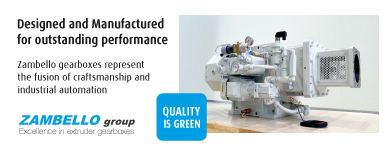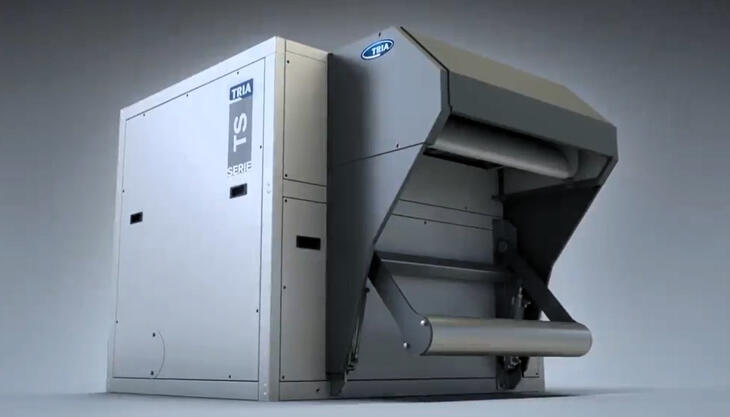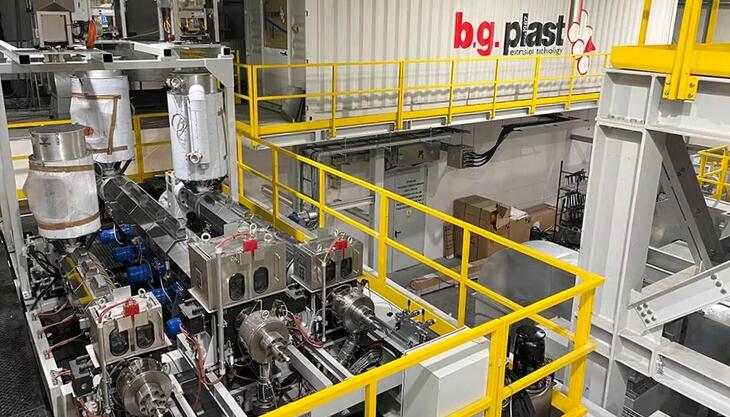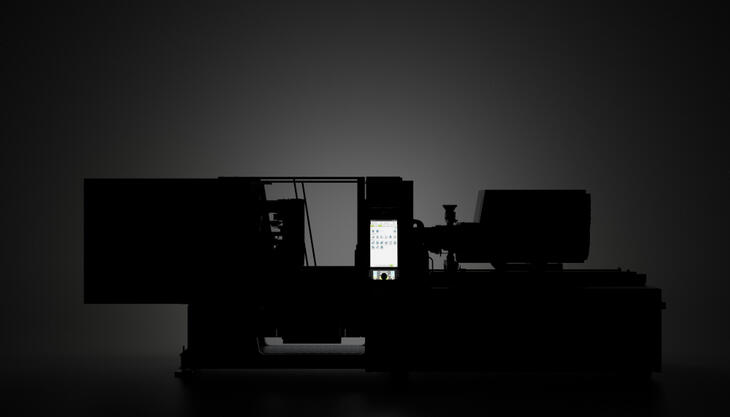Engel at Plast 2023 with greener, smarter, more efficient injection moulding
At Plast Engel will be demonstrating highly innovative applications and integrated solutions to make injection moulding more efficient, cost-effective and sustainable. For the benefit of a leaner and more resilient production. In particular, key pillars are the leveraging of potential savings in energy consumption, the digitalization of processes, and the opportunities opened up by a circular economy. This is where Engel's solutions come in.

Everything under control with smart machines and assistant systems
The steady improvement of process efficiency would be an unattainable goal without the adoption of machines and plants capable of using machine learning technologies and processing with algorithms the big data collected to support proactive process management. To support this trend in the industry, Engel has developed the iQ smart assistant systems, a range of software packages that integrate specific knowledge into the injection moulding machine control system to allow the operator to optimise the quality of processes and products with just a few clicks. The performance of all iQ smart assistant systems, available as part of Engel’s inject 4.0 programme, will be demonstrated at the fair with a production cell based on an all-electric e-mac 265/80 injection moulding machine with a clamping force of 80 tons. The cell is equipped with a four-cavity mould for the production of PBT automotive connectors. The total shot weight of 28 grams and a specific consumption of 0.8 kWh per kilogram of processed material, without affecting precision and repeatability. An Engel viper linear robot in the new size 4 will remove the components from the mould and place them on the conveyor belt.
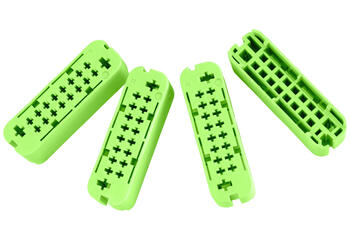
The all-electric drives of the e‑mac machine contribute to this high degree of energy efficiency, further enhanced by the e-flomo and e-temp temperature control technology integrated with the smart iQ flow control assistant system, which saves 4,000 kWh in one year of operation at full capacity. The e-flomo temperature-control water manifold system monitors and regulates the flow rate, pressure, temperature and temperature differences. Based on these parameters, iQ flow control assistance actively regulates the temperature difference in the individual circuits. This means that the thermal conditions in the mould remain constant at all times, even if there are fluctuations in the system. The result is very high repeatability and minimum cooling water and energy consumption. The integration of e-temp temperature control units into the CC300 control unit of the injection moulding machine via OPC UA delivers an additional energy saving. In the integrated Engel solution, the flow rate of the temperature control water pumps is automatically adapted to match the actual process demand.
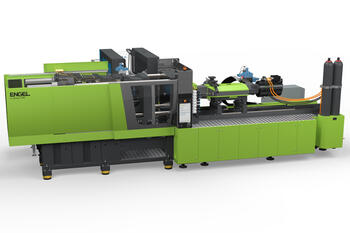
Change of pace in packaging
In addition to saving energy, the processing of recyclate is another important pillar of the sustainability strategy that Engel pursues for the benefit of its customers. An example is the application developed in collaboration with Alpla Group, Brink and IPB Printing. This allows post-consumer rPET containers to be produced in a single injection moulding process step, i.e. without the need to use preforms. Featuring a wall thickness of 0.32 mm, the transparent, round 125-ml containers are representative of a whole genus of packaging, especially in the food industry. Thanks to integrated in-mould labelling (ILM), the containers are ready for filling as soon as they leave the production cell.
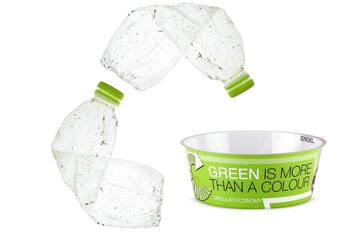
An e-speed 280/50 injection moulding machine is the heart of the production cell. Engel specifically developed this hybrid machine with its electrical clamping unit and hydraulic injection unit for the high performance requirements of thin-wall injection moulding. The high-performance injection unit achieves injection speeds up 1,400 mm per second at a maximum injection pressure of up to 2,600 bar when processing small shot weights with an extreme wall-thickness to flow path ratio. This makes it the most dynamic injection unit on the market worldwide.
To process rPET, Engel combines the new injection unit with a plasticising unit from in-house development and production specifically designed for processing recycled material. During plasticising and injection, the viscosity of the PET is configured for thin-wall injection moulding. The new Engel e-speed supports the processing of arbitrary recycled materials up to 100% rPET. Moreover the mould is able to process different types of IML labels in order to allow customers to adapt to global trends and comply with different standards and recommendations.
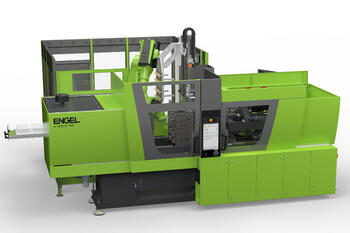
Precision and efficiency for LSR
On a fully automated high-end production cell Engel produces blade valves made of liquid silicone rubber (LSR). A seamless integration of tiebarless injection moulding machine, peripherals, automation and digital solutions ensures quality and at the same time high efficiency and cost effectiveness. Whether in cars, medical technology products or packaging, blade valves are used in a very wide range of applications. What all of these applications have in common is the very strict process consistency requirements in terms of injection moulding production. The precision of the small parts is safety-relevant.
The production cell leverages the quality and efficiency potential for the production of blade valves with a blade diameter of 7 mm in the best possible way. It combines an e-victory injection moulding machine and smart digital assistance with Nexus's innovative mould and plasticising technology. Production is fully automated in a 64-cavity mould with an Engel easix articulated robot and an integrated vision control system for 100% quality control.
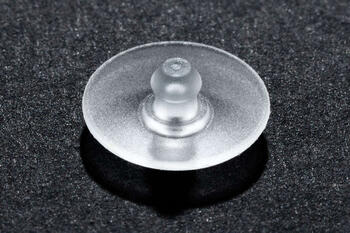
Featuring tie-bar-less servo-hydraulic clamping and electric injection units, the injection moulding machines from the e-victory series are predestined for precision applications with LSR. The electric injection unit ensures high-precision injection. The excellent accessibility and the space available in the mould area are unique on this tie-bar-less injection moulding machine. Where multiple-cavity moulds are used, smaller machines than the mould size would normally dictate can be used in many cases. This keeps both investment outlay and operating costs low. The moving platen follows the mould precisely while clamping force is being built up, which results in excellent platen parallelism. Patented force dividers ensure that the clamping force is distributed evenly over the entire platen face. Even for large multiple-cavity moulds, the cavities near the outer edge of the platen are kept closed with exactly the same clamping force as those nearer the centre.
The easix articulated robot ensures optimum space utilisation on the automation side and also requires very little headroom. It connects the injection moulding machine with camera-based quality control and the discharge station and adapts flexibly if additional process units need to be retroactively integrated upstream or downstream of the injection moulding process. Equipped with the iQ weight control smart assistance system, the injection moulding machine continuously analyses the injection profile and readjusts quality-relevant process parameters in the same cycle whenever deviations from the reference cycle occur.







